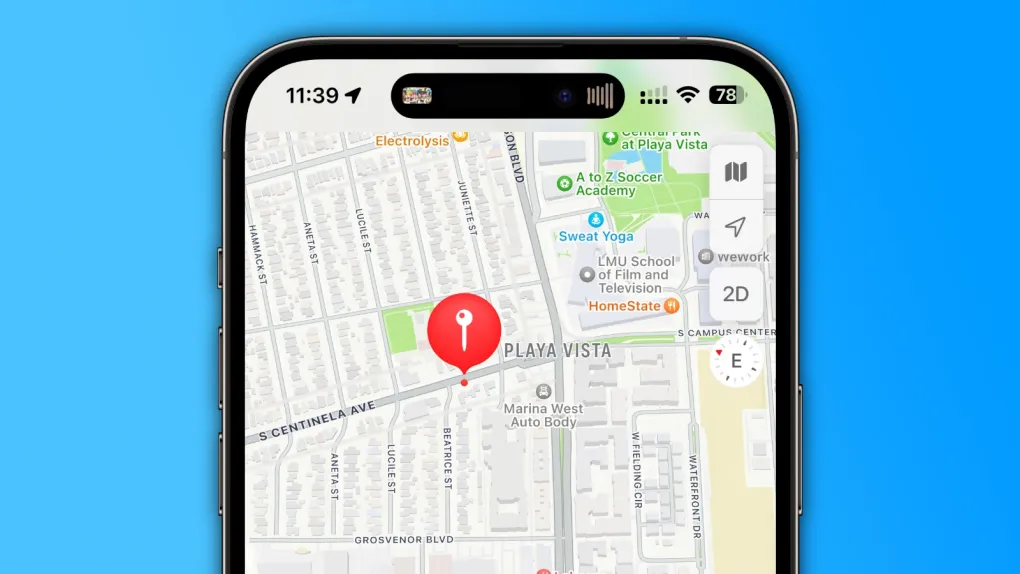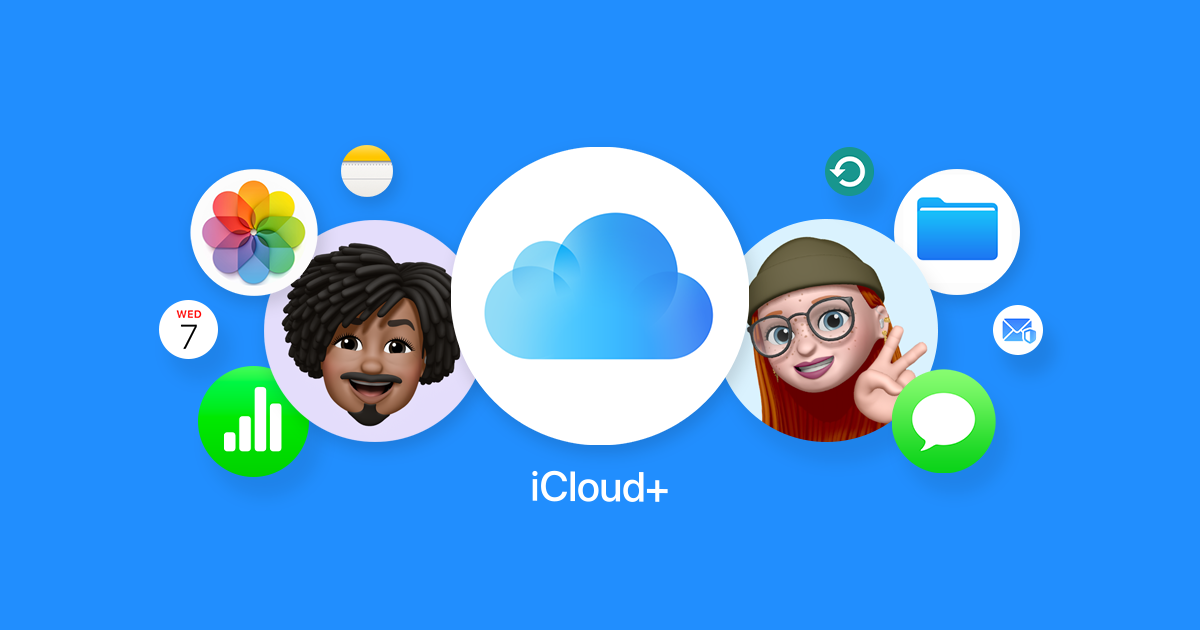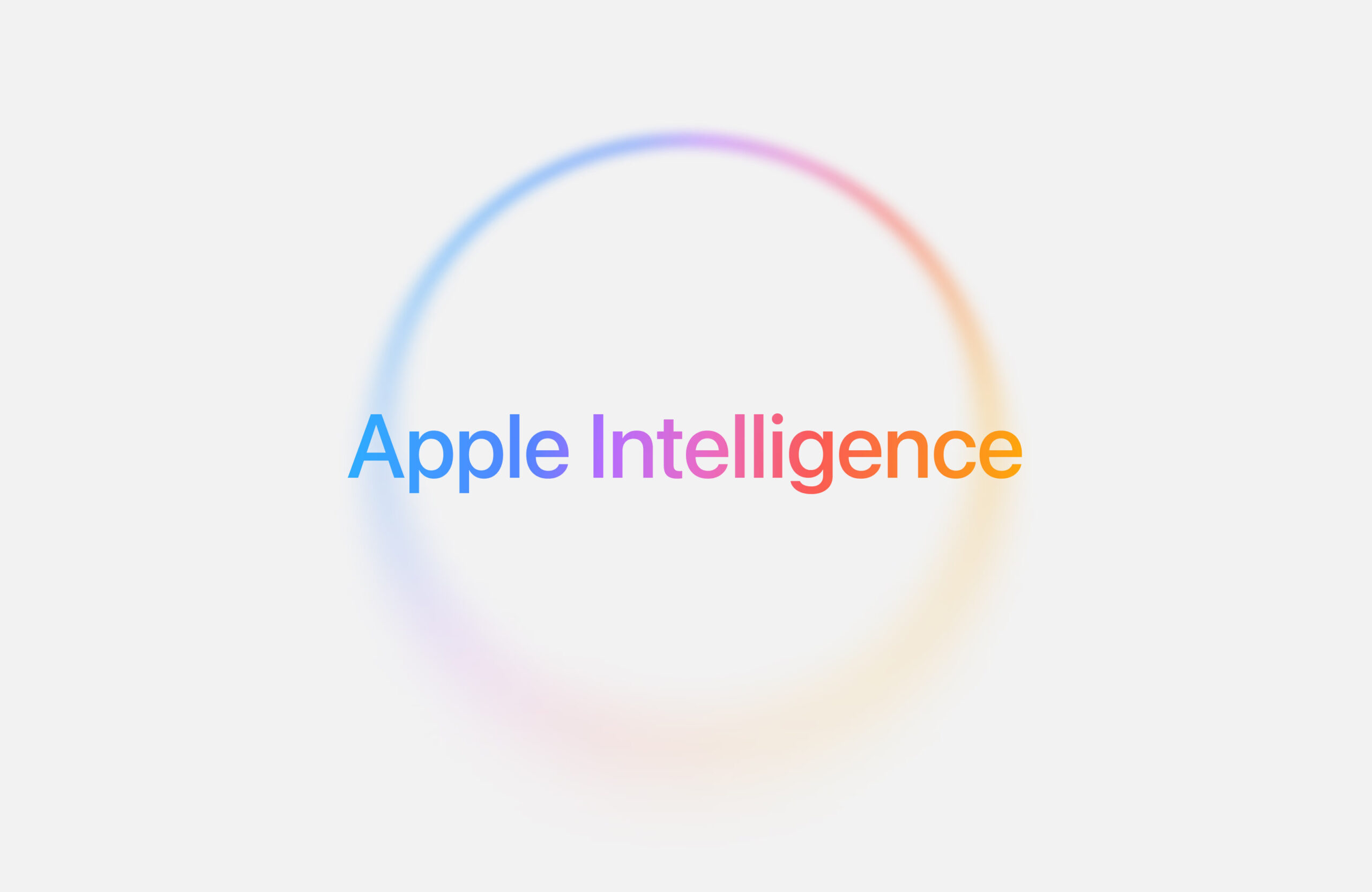Apple is giving its Apple Maps cars a new job. These vehicles, already known for capturing street views with their “Look Around” feature, will now also take photos to help improve Apple’s smart technology. The goal? To make Apple Intelligence models sharper and better at understanding the world.
For years, these cars have roamed streets, snapping detailed images to create a 3D-like view for Maps users. Now, Apple wants to use those same pictures to train its artificial intelligence. This AI powers things like Siri and other clever tools, helping them learn how to spot objects, places, and patterns in real life.
The company says it’s all about making its tech smarter while keeping things private. The photos won’t show people’s faces or license plates—Apple blurs those out to protect privacy. Plus, the images stay focused on public spaces, not private homes or backyards.
Apple’s move isn’t brand new. Other tech giants, like Google, have long used street pics to teach their AI. But Apple’s stepping up its game, blending Maps data with its push into smarter, more helpful devices. The cars will keep cruising cities worldwide, quietly gathering shots to fuel this tech upgrade. So, next time you see an Apple Maps car rolling by, know it’s not just mapping your street—it’s helping build a brainier future for your iPhone, too.








